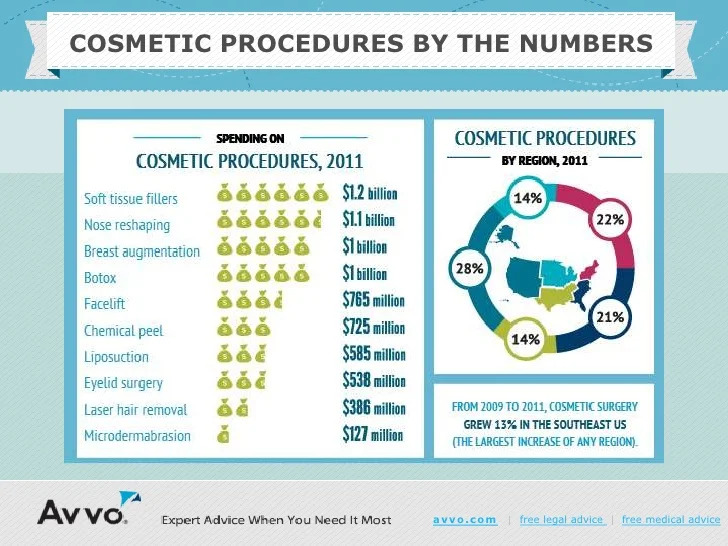How To Read Acne Product Labels
How To Read Acne Product Labels
Blog Article
Acne Treatment Options
Medications can aid heal acne sores and avoid new ones from developing. They can be taken orally or used directly to the skin.
Prescription antibiotics like clindamycin and erythromycin control germs that intensify acne. These are usually incorporated with benzoyl peroxide to lower feasible negative effects and raise just how well the drug functions.
Non-prescription (OTC) drugs
OTC items work for dealing with moderate acne, particularly blackheads and whiteheads. These products include benzoyl peroxide, salicylic acid or adapalene.
Benzoyl peroxide kills bacteria that cause acne, and helps clear pores of cellular particles. It's readily available in nonprescription focus of 2.5 percent, 5 percent and 10 percent. You might wish to begin with a lower concentration of product and function your means up, relying on your skin's resistance level.
If you're unable to eliminate your acne with over-the-counter products, see a dermatologist. They're educated to detect and deal with all types and seriousness of acne, including large painful cysts and blemishes that can bring about scarring. It is very important to obtain treatment early on to reduce the threat of lasting issues with your self-image and self-confidence. Your doctor can recommend details therapies and skin care regimens that will aid you manage your acne. They can likewise refer you to a specialist for drug or various other treatment options, if necessary.
Prescription drugs
Acne medicines treat acne by reducing oil manufacturing, reducing swelling and controlling bacteria. They can be used directly to the skin (topical) or taken by mouth (oral drug). The type and strength of medication your physician prescribes will certainly depend upon your age, the seriousness of your acne and various other aspects such as your general health and any kind of medications you may be taking.
Topical anti-biotics which contain clindamycin, erythromycin and tetracycline help reduce swelling and eliminate the bacteria that create outbreaks. They can also be made use of in mix with other drugs like benzoyl peroxide to boost how well each therapy works.
Dental isotretinoin, which remains in the retinoid family, deals with serious acne by reducing oil manufacturing, curbing swelling and unclogging pores. It is a powerful drug that includes major negative effects, and it can just be prescribed by a medical professional. It is only advised for people that have tried various other treatments without success and for whom this medication is secure.
Medical treatments
Medicines that are applied to the skin or taken by mouth assistance diminish acne outbreaks in many people. Drugs that can be bought non-prescription consist of topical treatments such as salicylic acid, which assists open clogged pores, and azelaic acid, which minimizes inflammation.
Medical professionals also recommend medications to deal with mild-to-moderate acne, including prescription antibiotics and retinoids. Antibiotics eliminate excess bacteria and reduce inflammation, however they are just efficient momentarily because of antibiotic resistance. In many cases, dermatologists might use a mix of topical and dental treatments. As an example, they may incorporate the antibiotic clindamycin (Cleocin T, Clinda-Derm) or erythromycin (Akne-Mycin, ATS, Erygel, Ilotycin, Zenatane) with benzoyl peroxide.
Doctors can likewise prescribe isotretinoin (Absorica, Accutane), a powerful drug that interferes with all 3 causes of acne. This medicine works against serious nodular acne, yet it can have major negative effects and should be taken with severe caution. Other treatments lactic acid can improve the look of marks caused by acne, such as chemical peels and laser treatment.
Diet regimen
Altering your diet regimen may assist regulate acne breakouts. Acne happens when hair roots become blocked with sebum (all-natural oil produced by the sebaceous glands), dead skin cells and microorganisms. Acne signs include blackheads, whiteheads, cysts and pimples.
A diet high in sweet deals with and improved carbs can create spikes in blood glucose, activating even more sebum manufacturing. Dairy products such as milk, cheese and yogurt can likewise cause acne in some people.
Try to consume reduced glycemic foods such as whole grains, beans and vegetables. Foods high in omega-3 fats, such as salmon, trout, walnuts, pistachio nuts and chia seeds, lower inflammation and may boost acne. Anti-oxidants may likewise minimize acne by lowering the production of reactive inflammatory chemicals in the body. Attempt maintaining a food diary to see which foods are triggering you to burst out. Attempt eliminating one food each time to observe if your acne flares or improves.